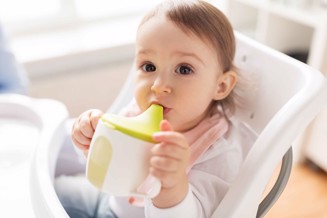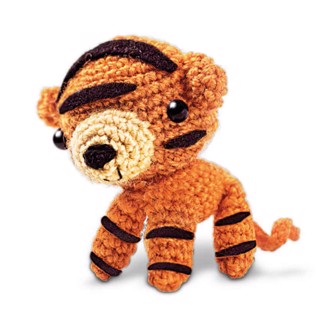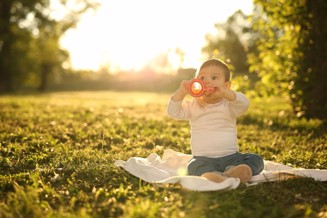
This is a marathon, not a sprint, so take it slow. If you’re ready to move on from breastfeeding, remember that it’s not going to happen overnight. It will take some time for you and your baby to adjust to a new feeding routine.
Try combination feeding first
To get your body and your baby used to bottle feeding you can try combination feeding first. This involves feeding your baby from your breast and the bottle, using either expressed breast milk or formula.

Prepare for changes
As you stop breastfeeding your milk supply will reduce and eventually stop, making the decision to bottle feed is a decision that is difficult to reverse.
Breastfeeding provides many health benefits for the both of you. But remember, how you feed your baby is your decision.

How often should I breastfeed?
Your newborn baby has a tiny stomach and can only drink a small amount of milk at a time. You will probably feed them little and often, usually around 8 or more times a day. Rest assured they will let you know when they’re hungry.

How to a prepare a bottle of formula milk
Step1
Sterilise bottles and teats
To prevent an upset tummy, always sterilise your bottle and teat before you prepare formula milk. You can do this by using cold water sterilising solution, steam sterilising or boiling. If you choose to buy a home steriliser then simply follow the instructions specific to that appliance.
Step 2
Boil water
Pour fresh tap water into the kettle and flick it on. Once its boiled, leave to cool for no longer than 30 minutes. Don’t use bottled water to prepare formula milk.
Step 3
Scoop
Always follow the dosing chart on the product label when adding formula powder scoops to the water. Level each scoop off with the scoop leveller and don’t press the powder down.
Step 4
Mix
Now put the lid on the bottle tightly and shake vigorously, until the powder is
completely dissolved.
Step 5
Serve
Before you offer your baby the bottle test the temperature on the inside of your wrist first. This will prevent giving your baby milk that is too hot which could scald them. Remember to never heat up milk in the microwave as this can create hot spots of milk which could burn your baby’s mouth.
Step 6
Throw away any leftovers
Look out for your baby’s “I’m full” signs, this could be pulling away from the teat or falling asleep. If your baby hasn’t drunk the full bottle then throw the leftovers away, don’t offer it again later because harmful bacteria could develop.
Step 7
Clean and repeat
After you have fed your baby and they’re feeling content, wash the bottle, lid and teat thoroughly in warm soapy water before rinsing and sterilising.
How much formula should I give?
Your baby’s appetite will change as they develop, you should expect them to feed little and often throughout the day and night. Follow the dosing instructions on the formula milk’s product label when you prepare bottles. If you are concerned about your baby’s feeding needs speak to your midwife or GP for advice.
Can I prepare bottles in advance?
We know it’s great to feel prepared, but to avoid your baby getting an upset tummy we would always recommend preparing feeds as they are needed. Follow the preparation instructions on the formula’s product label and use within one hour.
How do I prepare formula when I’m out of the house?
If you need to prepare a feed on the go then pre-boil fresh tap water in the kettle and pour it into a sterilised thermos flask. You can pre-measure out the correct scoops of formula powder and store it in a dry sealed container.
Once you are ready to make up the feed, pour the pre-boiled water into your baby’s bottle, add the pre-measured powder and shake it up. Make sure it’s safe to offer your baby by testing the temperature on the inside of your wrist before feeding.


